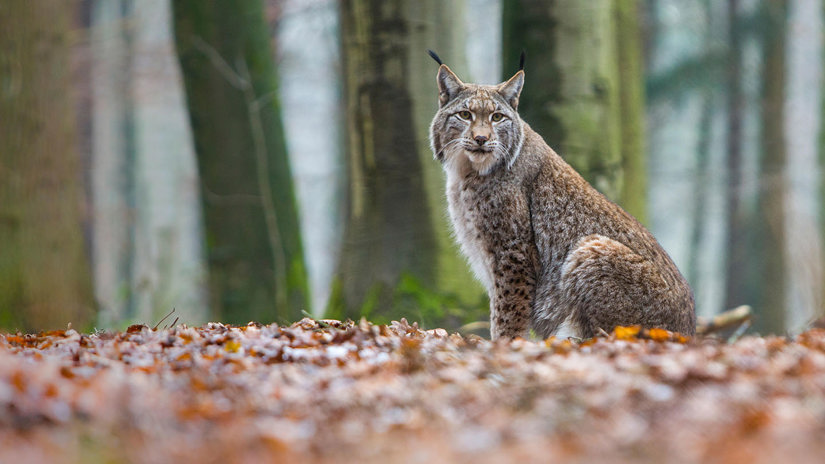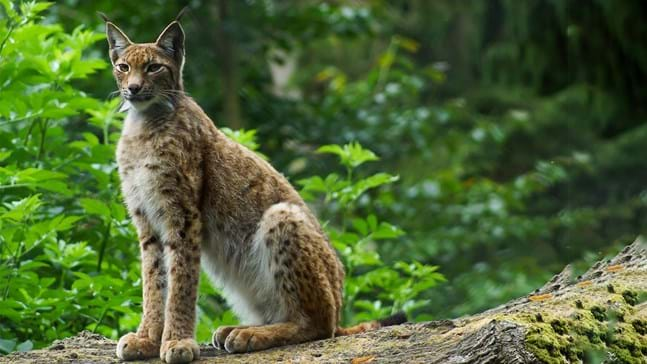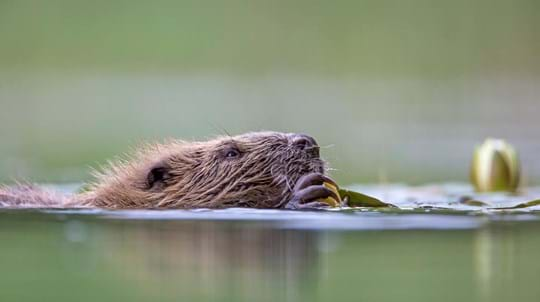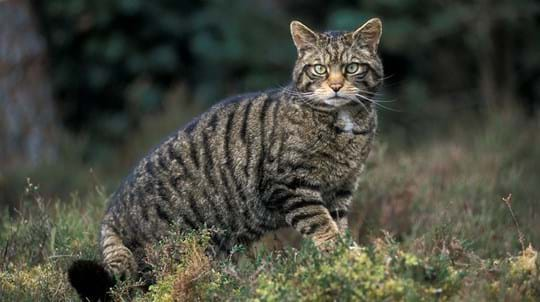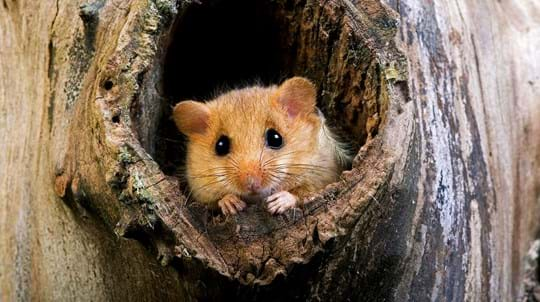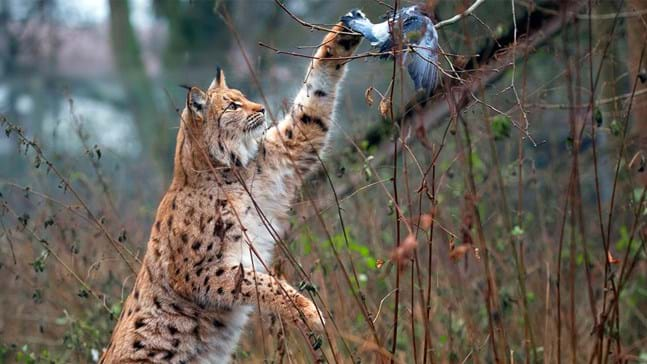
Credit: Blickwinkel / Alamy Stock Photo
What do lynx eat?
While the diet of this species varies depending on its range, it feeds predominantly on roe deer, where available. It also eats red deer, birds, rabbits, hares, rodents and foxes. Lynx have brilliant hearing and eyesight, making them exceptional hunters. They hunt by quietly stalking and pouncing on their prey, and have been known to bring down prey four times their size.








